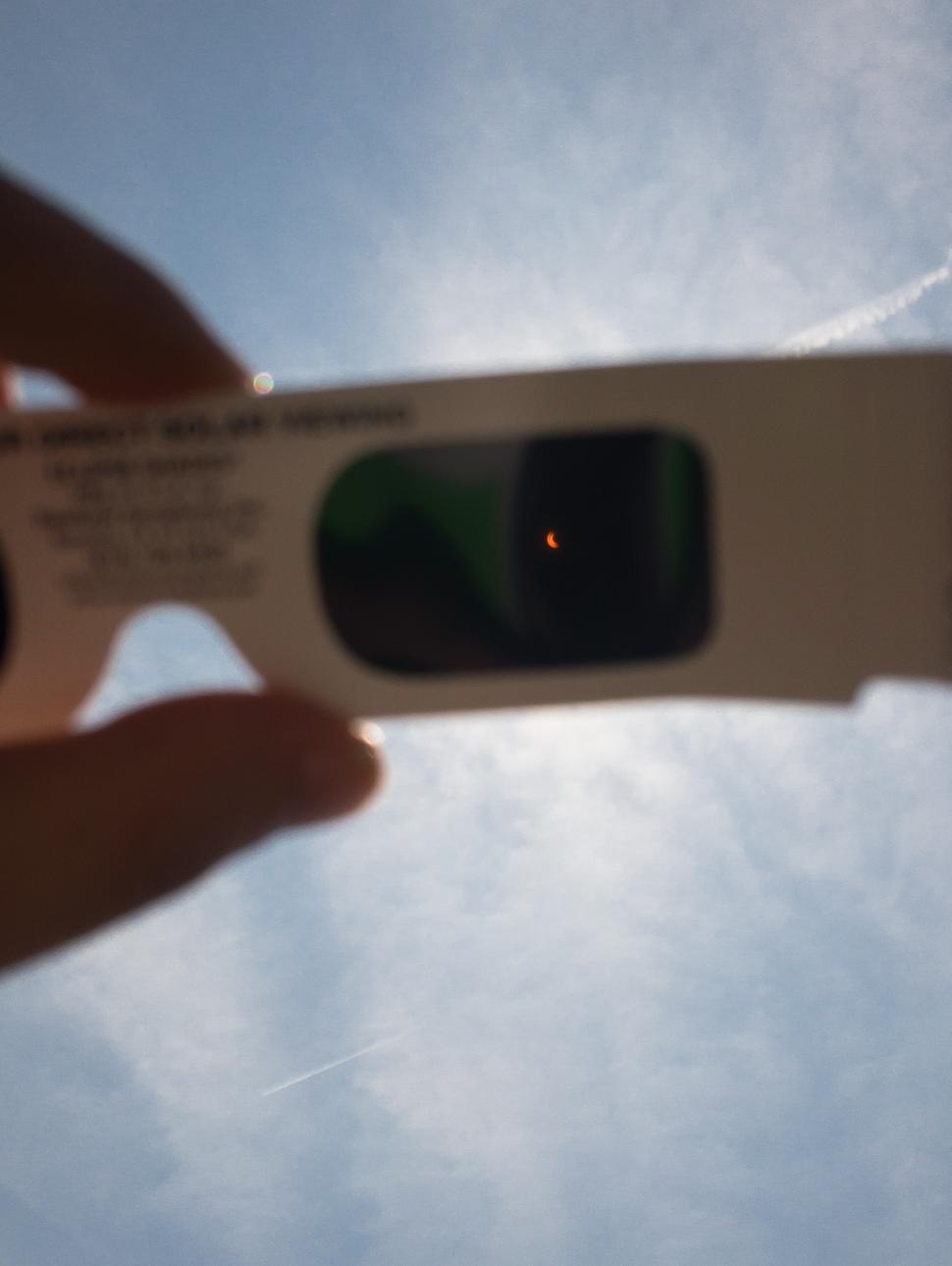
Eclipse Viewing Site
Dates
Thursday 20 April | 10am - 3pm
Partial Eclipse Begins | 10am
Maximum Eclipse | 11.20am
Partial Eclipse Ends | 12.46pm
Included in General Admission
Site access information
WA Museum Boola Bardip is fully accessible. Call 1300 134 081 for assistance. Accessible resources and programs >
Join us to witness the sun, moon and Earth align as Boorloo, Perth WA will be plunged into 75% darkness in the middle of the day!
Discover why eclipses happen and what makes them so special. Come to the Museum to view the eclipse, take a peek through our solar telescope, create a pinhole viewer and see a live stream from Exmouth where they will experience 100% darkness.
The solar eclipse will occur over three hours from 10am - 12.46pm, with maximum totality in Perth at approximately 11:20 AM (WST) when the sun, moon and earth align.
Viewing of the eclipse from WA Museum Boola Bardip will be on Level 2 balcony. This area has a limited capacity and access to this will be on a rotational basis throughout the day.
Never look directly at the sun without proper eye protection. You can seriously hurt your eyes, and even go blind. Proper eye protection, like eclipse glasses or a special solar filter, is the only safe option. Sunglasses don't work.
Solar eclipse glasses have unfortunately sold out at WA Museum Boola Bardip, Scitech and Perth Observatory.
Want to know more about the eclipse?
Join us for an insightful talk on Eclipse Chasers: Past, Present and Future on 12 April 2023.
Have you ever wondered how scientists can calculate the exact dates of an eclipse?
Visit our temporary exhibit Reconstructing the Antikythera Mechanism. This exhibition delves into an intricate device created in ancient Greece around 200 BCE—the Antikythera Mechanism, also known as the world’s first mechanical computer. Its estimated 69 gears performed complex mathematical calculations to predict the location of the sun, moon, and planets. View a working replica of the mechanism and learn more about the extraordinary story—from its chance discovery in a shipwreck, to the modern scanning technology that enabled a replica to be made.